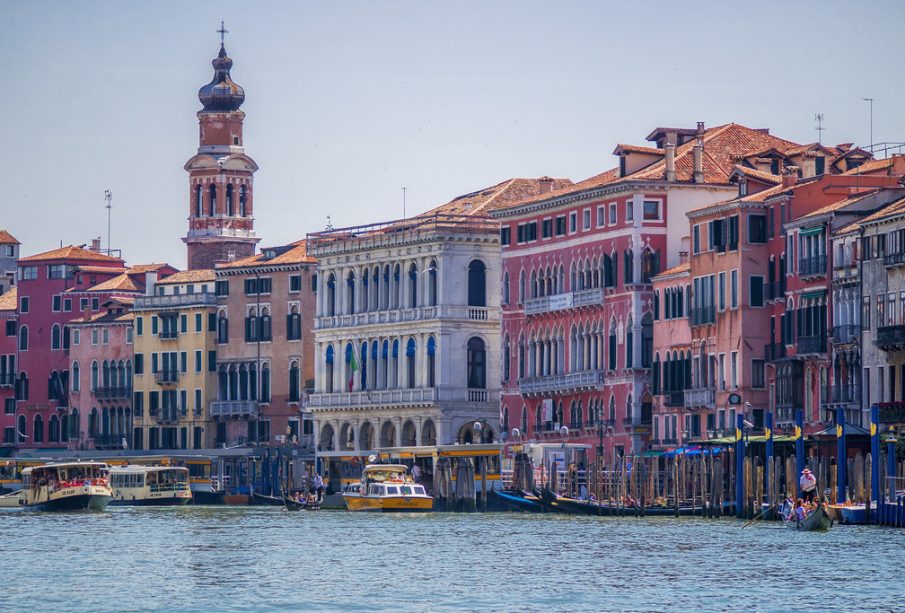Venice: A Glance at the Floating City’s Beauty and Challenges

Introduction
Venice, often referred to as the “Floating City”, holds a unique position in global culture and history. Known for its intricate canals, stunning architecture, and rich artistic heritage, Venice attracts millions of tourists each year. However, this beautiful city also faces significant environmental challenges and socio-economic changes that threaten its very existence. Understanding the current situation in Venice is crucial as it paints a broader picture of the impacts of climate change and tourism on historic cities worldwide.
Current Events and Challenges
As of 2023, Venice has been grappling with issues associated with rising sea levels and environmental degradation. Recent reports indicate that the average sea level in the Venetian Lagoon is rising by about 3-7 millimeters each year due to climate change, threatening the city’s famous gondolas and historic buildings. Moreover, the infamous ‘acqua alta’ or high water phenomenon is becoming increasingly frequent, leading to flooding that disrupts daily life for residents and visitors alike.
Additionally, the city is in the midst of balancing its rich tourism industry with the need for sustainability. In 2022, more than 25 million tourists visited Venice, leading to concerns about overcrowding and the strain on local resources. In response, local authorities have implemented new regulations aimed at managing tourism, including a newly proposed entrance fee for day-trippers that is expected to take effect in 2024. This fee aims to preserve the city’s heritage while ensuring that its infrastructure can cope with the influx of visitors.
Preservation Efforts
In light of these challenges, several initiatives have been launched to protect Venice’s unique cultural heritage. The MOSE project, which involves a series of barriers designed to protect the city from flooding, is currently under construction and is expected to be completed in the coming years. This ambitious engineering project, however, has faced criticism over its costs and effectiveness, with some local residents expressing doubt about its long-term viability.
Conclusion
In summary, Venice stands at a crossroads, where its unparalleled beauty and cultural significance meet the urgent reality of climate change and modernization pressures. The future of Venice will depend heavily on both local and international communities’ willingness to support sustainable practices and funding for preservation efforts. As the city prepares to face these challenges head-on, continued awareness and advocacy for Venice will be crucial in ensuring that this iconic destination remains an exquisite part of our world for generations to come.









